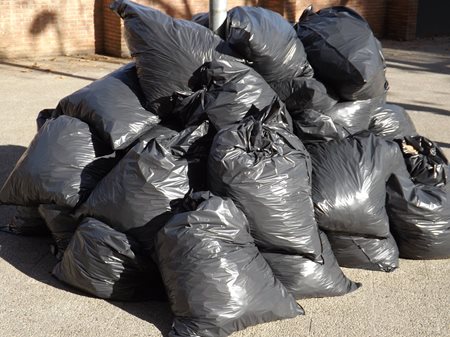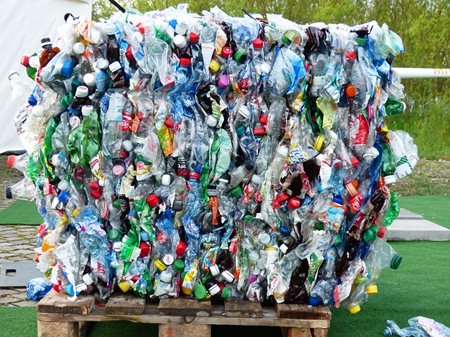Five Types Of Waste & How To Dispose Of Them

- Home
- News
Five Types Of Waste & How To Dispose Of Them
![Five Types Of Waste & How To Dispose Of Them teaser]()
18 Jun 2019
Waste and rubbish can quickly overtake warehouses and factories – such is the nature of our business. If not properly managed, it can clutter thoroughfares, produce hazards, and impact on the health and safety of employees. The easiest (and least effective) way to handle waste disposal is to simply chuck it in the dump master and forget about it. However not all waste is the same – and requires proper handling and disposal procedures. You can also recycle much of your waste, which can save your business money. Here are the five common types of waste and how to dispose of them.
Solid waste and rubbish
Solid waste and rubbish are the most common type of rubbish found in the workplace. This can run from plastic waste, paper waste, tin or metal waste, and ceramic or glass waste.
Plastic waste are the wrappers, bags, containers, cartons, and other products that one can find on the factory or warehouse floor. Plastic is easily recycled and can be placed in a specialist plastics bin. Some high-density polyethylene (HDPE) may also be used in shelving and can be recycled at larger depots. Paper waste includes discarded cardboard boxes, paper liners, and paper packing material. Tins or metals could include aerosol cans and other pressurised material, you should follow directions for disposal on the label. Ceramics and glass can be recycled in your usual recycling bins without any trouble.
Liquid waste
Many factories and warehouses will produce liquid waste such as dirty water, detergents, water contaminated by chemicals or organic matter, or even rainwater. If liquid waste is made by factory equipment, it’s called “point source waste.” Other types of waste are called “non-point source waste.” You may have specialised waste bins which can help dispose of point source waste. Other types of waste such as rainwater or dirty water can be flushed away into drainage.Organic or garden waste
Organic waste as the name suggests comes from natural sources. The most common organic waste is garden waste such as grass clippings or tree branches. This could also be food waste, vegetable matter, and animal droppings. Most organic waste is biodegradable and can be composted. Much of the waste can turn into hazardous methane and should not be thrown out with general waste.
Hazardous waste
Hazardous waste includes all discarded material or liquid that is either flammable (can ignite or accelerate), toxic (harmful to life), reactive (prone to explosion or production of hazardous fumes), or corrosive (can eat through plastics or metal.) Discharged fire extinguishers, old gas tanks, mercury containers, or discarded lead-acid batteries can constitute hazardous waste.
You may need a special industrial waste bin to capture this type waste and take to a waste transfer station. Especially hazardous waste may require professional clean-up.Recyclables
Recyclable waste includes paper, cardboard, plastic (HDPE and PET), furniture, and some types of organic matter. Many plastics will have a “triangle recycling” symbol on it to indicate its plastic type. You can use specialised industrial waste bins for recycling these materials and have them taken to a recycling depot.

For a full range of industrial waste bins for all types of waste management, give Backsafe Australia a call on 1300 305 314 for a consultation.
Back To News Stories